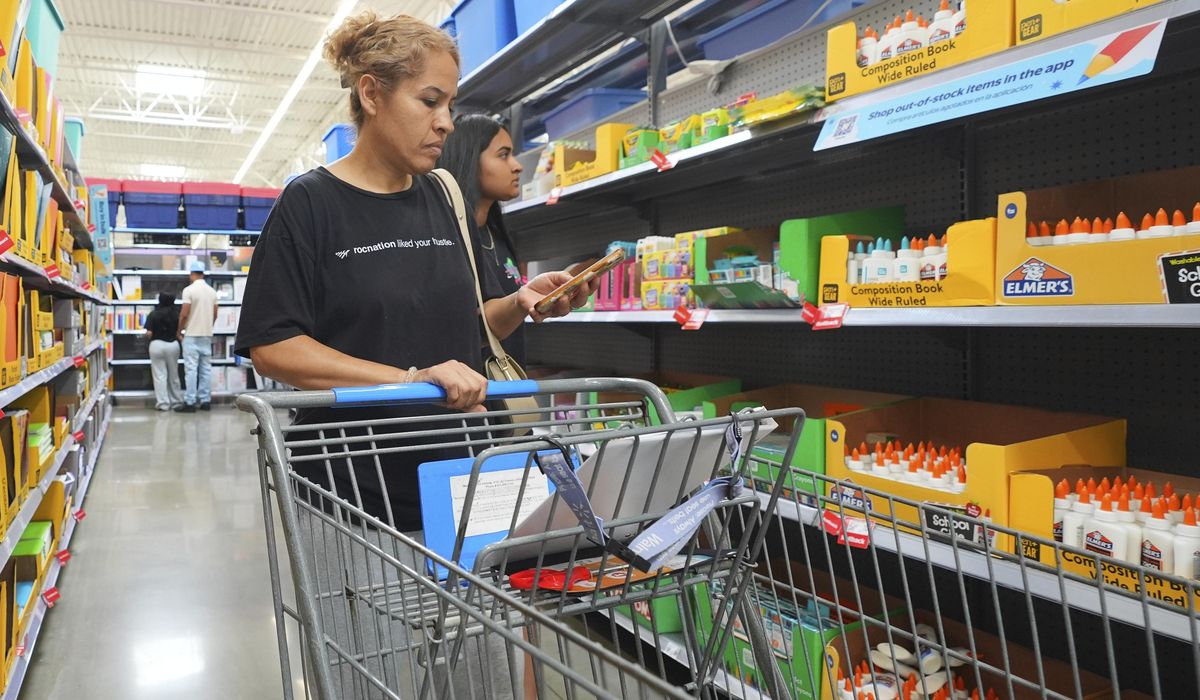


Don’t miss the full story, whose reporting from Anne D’Innocenzio at The Associated Press is the basis of this AI-assisted article.
U.S. tariffs on imports are creating both concerns and strategic responses among parents shopping for back-to-school supplies for their children, though major retailers appear to be cushioning the impact through aggressive discounting and price freezes.
• Early shopping surge: The possibility of price increases from new U.S. tariffs motivated more shoppers to start their back-to-school shopping earlier, with families completing about 60% of their purchases before August to avoid potential extra costs.
• Significant tariff rates: Many school supplies like backpacks, lined paper, glue sticks, and Ticonderoga pencils sold in the U.S. are made in China, which were subjected to a 145% tariff in the spring, though the current rate is 30% under the latest agreement.
• Company stockpiling strategy: Many companies accelerated shipments from China early in the year, stockpiling inventory at pre-tariff prices to avoid passing higher costs to consumers.
• Strategic consumer behavior: Consumers are being “very strategic and conscientious around price fluctuations,” prompting them to shop even earlier for back-to-school items.
• Retailer price protection: Major chains are advertising selective price freezes, with Walmart offering a 14-item school supplies deal for $16 (lowest in six years) and Target maintaining 2024 prices on 20 key items.
• Deep discounting: Backpacks and lunchboxes had discounts as deep as 12.1% during Amazon’s Prime Day and competing sales at Target and Walmart in early July.
• Minimal actual price impact: An analysis of 48 school supply products showed the average cost was $272 in July, actually $3 less than the same month last year, suggesting retailer discounting muted sticker shock.
• Overall spending increase: Despite tariff concerns, back-to-school spending from June through August is estimated to reach $33.3 billion, a 3.3% increase from the previous year.
This article is written with the assistance of generative artificial intelligence based solely on Washington Times original reporting and wire services. For more information, please read our AI policy or contact Ann Wog, Managing Editor for Digital, at awog@washingtontimes.com
The Washington Times AI Ethics Newsroom Committee can be reached at aispotlight@washingtontimes.com.
